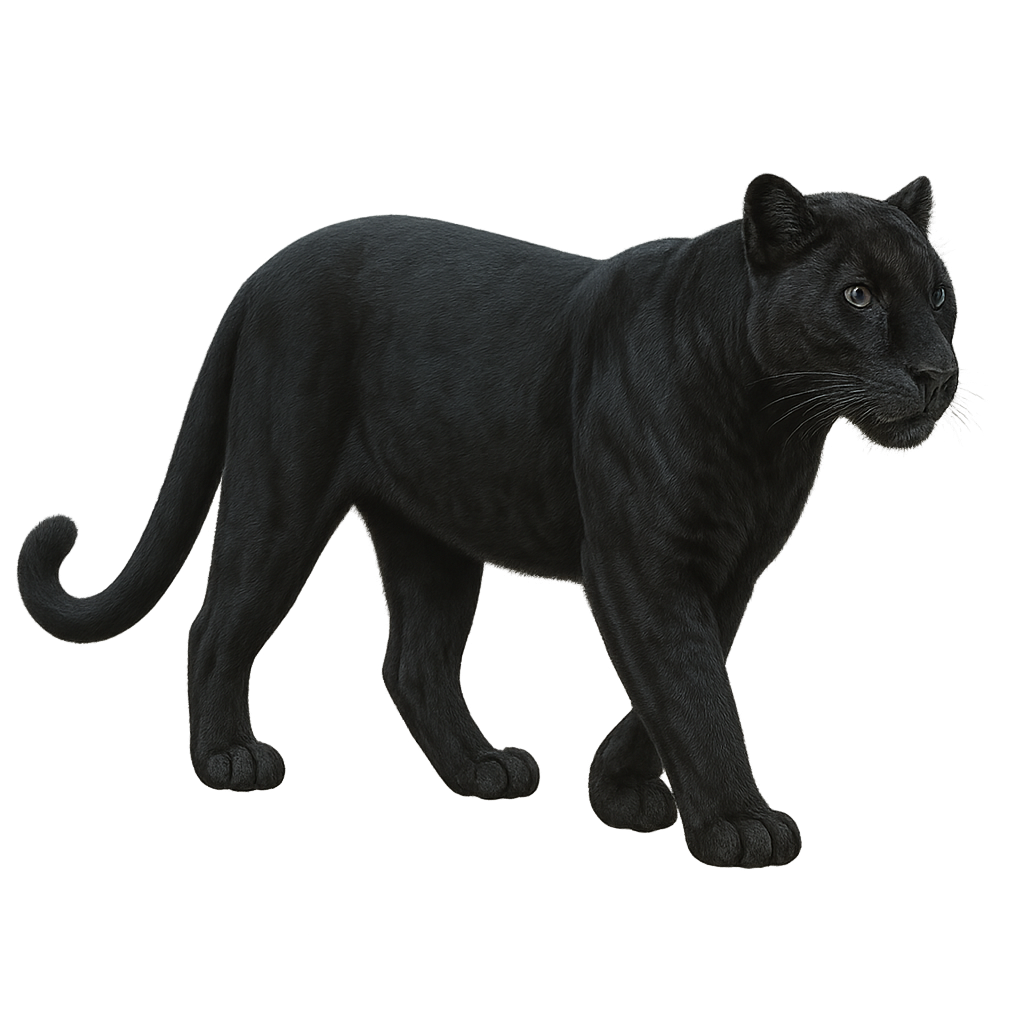Your wildlife photography guide.
Explore the indian leopard in detail, study its behavior, prepare your shots.
Where to observe and photograph the indian leopard in the wild
Learn where and when to spot the indian leopard in the wild, how to identify the species based on distinctive features, and what natural environments it inhabits. The WildlifePhotographer app offers tailored photography tips that reflect the indian leopard’s behavior, helping you capture better wildlife images. Explore the full species profile for key information including description, habitat, active periods, and approach techniques.
Indian Leopard
Scientific name: Panthera pardus fusca

IUCN Status: Near Threatened
Family: FÉLIDÉS
Group: Mammals
Sensitivity to human approach: Shy
Minimum approach distance: 30 m
Rut period: December to February
Gestation: 90-105 jours
Births: March to June
Habitat:
Tropical forests, mountainous areas, savannas
Activity period :
Mainly active at night, generally discreet during the day.
Identification and description:
The Indian leopard is a striking big cat with a golden coat covered in black rosettes. Highly adaptable, it inhabits a wide range of environments—from forests and hills to open plains and even areas near cities across India. Mostly nocturnal and solitary, it preys on a variety of animals. Within this subspecies, melanistic individuals—known as black panthers—do exist. These leopards have a genetic mutation that gives them an entirely black appearance. While rare, black leopards are regularly observed in certain regions, particularly in the humid forests of the Western Ghats.
Recommended lens:
400 mm – adjust based on distance, desired framing (portrait or habitat), and approach conditions.
Photography tips:
To photograph the Indian leopard, it is advisable to use a telephoto lens of at least 400mm to capture detailed images from a distance. Since leopards are primarily nocturnal, plan outings early in the morning or late in the afternoon. Be patient and discreet, as these felines are naturally wary. Use a tripod to stabilize your camera and adjust ISO settings to compensate for low light.
The WildlifePhotographer App is coming soon!
Be the first to explore the best nature spots, track rutting seasons, log your observations, and observe more wildlife.
Already 1 431 wildlife lovers subscribed worldwide

